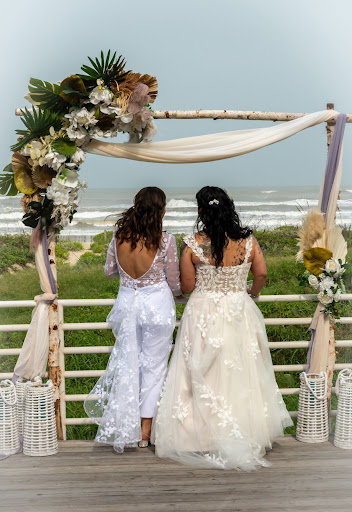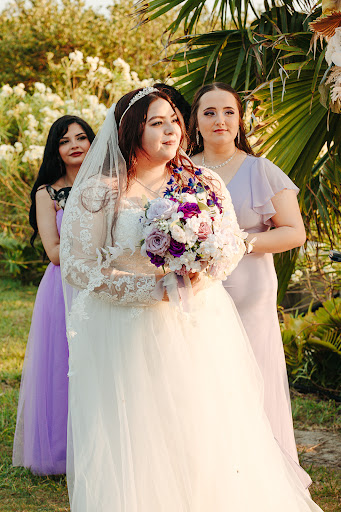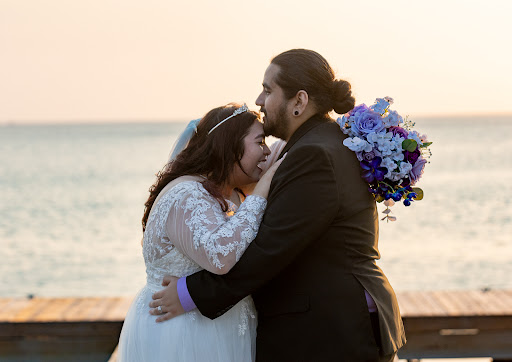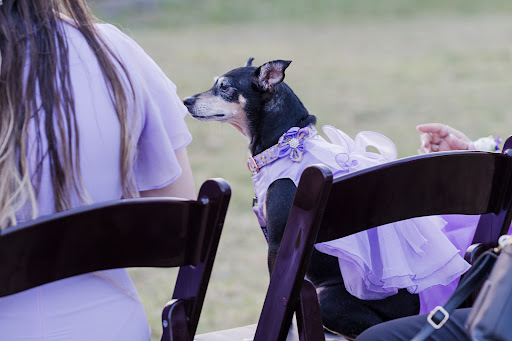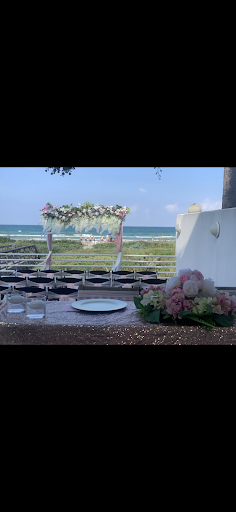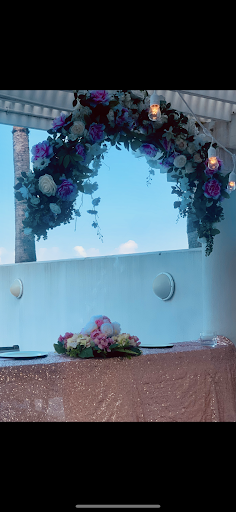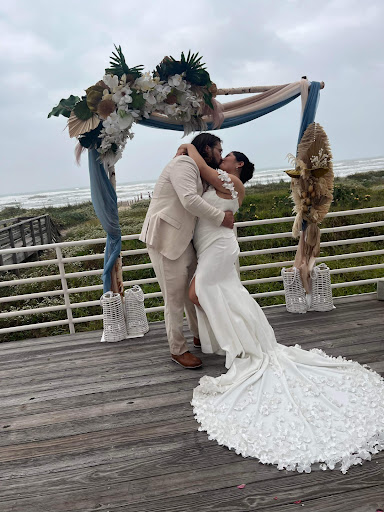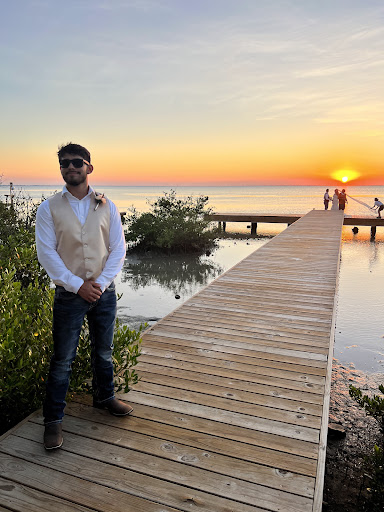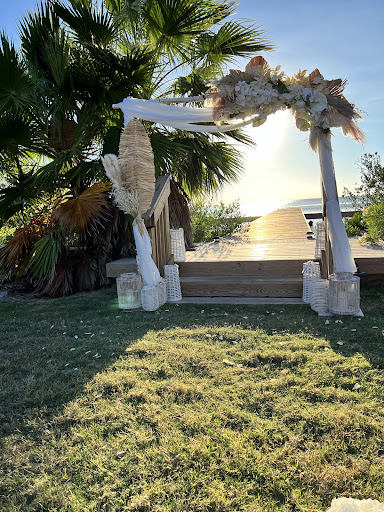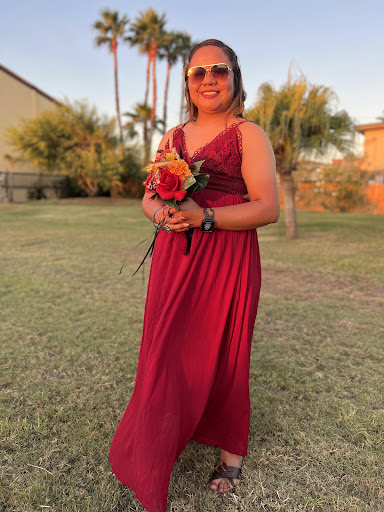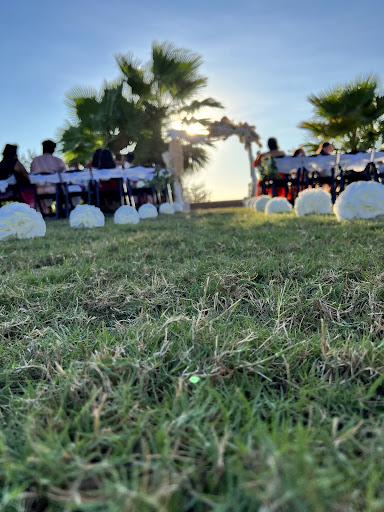Expert Insights – How Planner–Photographer Communication Shapes a Perfect Wedding Day
By Weddings By Wendi – Your San Marcos, Texas wedding planning partner
You may not realize how vital effective communication between your wedding planner and photographer is to achieving your dream day. The coordination between these two professionals can lead to breathtaking images and a seamless experience. By ensuring they are on the same page regarding timelines, locations, and your personal preferences, you can avoid potential misunderstandings that could disrupt your celebration. Understanding their collaboration allows you to fully enjoy your wedding while capturing timeless memories that reflect your unique love story.
Key Takeaways:
- Effective communication between planners and photographers ensures alignment on timelines and shot lists, enhancing the flow of the wedding day.
- Sharing creative visions and preferences fosters collaboration, leading to more personalized and meaningful photography.
- Regular check-ins and updates throughout the planning process help address any potential issues before they arise, ensuring a smoother experience.
The Role of Wedding Planners
Overview of Responsibilities
As a wedding planner, your responsibilities extend far beyond simple organization. You manage timelines, coordinate with various vendors, handle budgets, and ensure that every detail aligns with the couple’s vision. This multifaceted role requires strong communication skills, creative problem-solving, and a deep understanding of the wedding industry.
Importance in the Wedding Process
Your role is integral at every stage of the wedding process. You act as the primary point of contact for vendors and guests, navigating logistics while managing the couple’s expectations. By ensuring that everything runs smoothly, you elevate the overall experience for the couple and their families.
In fact, couples who engage a planner often report less stress and more enjoyment on their wedding day. This stems from your ability to foresee challenges and proactively address them. With expert planning, you maintain a seamless flow, allowing the couple to remain present and engaged, rather than preoccupied with minute details that may otherwise derail the celebration.
Building Relationships with Vendors
Your network of vendors can dramatically influence the success of a wedding. Establishing strong relationships fosters trust and efficiency, enabling swift communication should any issues arise during the event.
When you have established rapport with photographers, caterers, and florists, they become more attuned to your expectations and working style. This synergy facilitates smoother collaboration, ensuring that everyone operates on the same wavelength. For instance, when a vendor understands your approach to scheduling or client preferences, they can anticipate your needs and act more decisively, ultimately leading to a more cohesive experience for the couple and their guests.
The Role of Wedding Photographers
Overview of Responsibilities
As a wedding photographer, your role encompasses more than just taking pictures. You are responsible for capturing the essence of the day’s events, managing gear and lighting, and often stepping in to direct groups for optimal shots. You also collaborate with the wedding planner to ensure that all key moments are covered, from candid emotions to staged portraits. Your expertise in photography techniques and equipment enhances the quality of imagery that couples will cherish for years to come.
Artistic Vision and Style
Your artistic vision as a wedding photographer directly shapes the final images that couples will treasure. A distinct style not only sets you apart but also attracts clients who resonate with your aesthetic, whether it be classic, documentary, or moody cinematic. This personal touch allows couples to express their unique story through your lens.
Developing your artistic vision involves honing specific techniques and understanding how to manipulate light, composition, and moments to create memorable visuals. For instance, a photographer with a documentary style prioritizes candid shots that reflect genuine emotions, while another may favor stylized portraits that emphasize elegance. This diverse approach allows couples to choose a photographer whose vision aligns with their wedding theme, enhancing their experience on the day.
Importance of Pre-Wedding Consultation
The pre-wedding consultation is a vital component of your planning process. During this meeting, you discuss the couple’s expectations, preferred styles, and specific moments they want captured. Understanding their vision helps you tailor your approach and develop a comprehensive shot list that accurately reflects their desires.
Engaging in a thorough consultation helps set realistic timelines and addresses any potential concerns early on. You can also scout locations with the couple to evaluate optimal lighting conditions and backgrounds. This proactive communication not only builds rapport but also ensures you are prepared to capture the day seamlessly, resulting in a stress-free experience for the couple on their wedding day.
Pre-Wedding Communication
Initial Meetings and Consultations
Initial meetings between you and your photographer are vital in establishing a seamless workflow. These discussions allow you to convey your vision, preferences, and any specific shots that mean a lot to you. Building a rapport early on fosters a comfortable dynamic, which is imperative for natural photographs on your wedding day.
Establishing Expectations
Setting clear expectations helps mitigate misunderstandings that could arise on the wedding day. You should discuss how many photos you expect to receive, the timeline for delivery, and the types of shots you envision. This clarity ensures both you and your photographer are aligned in your goals.
When discussing expectations, be explicit about your wedding style and any must-have images, such as family portraits or creative settings. The photographer can then adjust their approach, ensuring they dedicate ample time for these key moments. If you’re looking for candid shots versus posed ones, share this preference to avoid potential disappointment.
Key Information to Share
Providing your photographer with imperative details about your wedding day significantly enhances their ability to capture the atmosphere. Share the venue layout, schedule, and any unique elements or traditions involved. The more they know, the better prepared they’ll be to adapt to your day.
Key information includes venue specifics like lighting conditions and backdrops, as these can influence photography decisions. Additionally, sharing timelines for key moments ensures the photographer positions themselves effectively to capture everything. If there are specific family dynamics or guest considerations, discussing these ahead of time will help your photographer navigate the day smoothly, leading to candid memories and beautiful portraits.
Creating a Wedding Day Timeline
Collaborating on the Itinerary
Effective communication with your photographer is imperative when crafting the wedding day itinerary. By discussing your vision and key moments, you ensure that both the photographer and planner are aligned. This dialogue allows for strategic planning of the ceremony, reception, and additional photography sessions, ultimately resulting in a seamless flow that captures all your desired moments.
Adapting to Venue Logistics
Each wedding venue presents unique logistics that directly impact your timeline. A thorough discussion with your photographer about the venue layout and specific spots for photos will help you maximize your time. Your photographer’s familiarity with various venues could provide invaluable insights on optimal spaces for capturing beautiful shots, ensuring nothing gets overlooked.
For instance, if your venue has scenic locations, your photographer can suggest timing for outdoor shots around the best natural light. Understanding the layout also aids in planning transitions between different locations, allowing for smooth movement throughout your day. By collaborating on these details, you can avoid surprises and ensure the agenda is realistic.
Buffer Time for Photos
Incorporating buffer time into your photography schedule is imperative for managing unexpected delays. Whether it’s late arrivals or a brief weather change, allowing for flexibility ensures the photographer has ample opportunities to capture your desired moments without feeling rushed.
This buffer time is particularly significant during transitions between events. For example, scheduling a 15-30 minute buffer after the ceremony can accommodate family group shots, ensuring you have time to connect with loved ones while also obtaining those precious photos. A well-planned buffer can alleviate stress and enhance the quality of your wedding day memories.
Working Together on the Wedding Day
Coordinating with Other Vendors
Effective coordination with your other vendors can greatly enhance the photography experience. Your photographer should communicate directly with the planner, florist, and venue staff to ensure everyone is aligned on timing and expectations. This synchronized effort minimizes potential disruptions, allowing the photographer to capture those special moments without interruption and creating an atmosphere where everyone can work seamlessly together.
Communication During the Event
Throughout the wedding day, maintaining open lines of communication is key to capturing the best images. You should designate a point person, often your planner, to relay any immediate instructions to the photographer, such as changes in timing or specific moments to focus on. This clarity not only helps the photographer but also eases your mind, knowing that each significant moment will be documented.
To optimize your photographer’s effectiveness, ensure that you and your planner communicate any last-minute changes promptly. Whether it’s an unexpected delay or a special moment you want captured, conveying this information allows the photographer to adapt their approach. This responsiveness is vital, as it helps to seize those fleeting moments that are often the most precious, capturing the essence of your day.
Managing Unexpected Situations
Unexpected circumstances can arise during your wedding day, making adaptability necessary for both you and your photographer. If inclement weather or a delay occurs, having a proactive plan ensures that the photographer can adjust accordingly, whether it’s finding alternative shooting locations or modifying the timeline to still capture key moments.
For instance, if it begins to rain during your outdoor ceremony, your photographer should be prepared to transition to indoor locations or utilize creative methods, like incorporating umbrellas and raindrops, to craft beautiful photographs that reflect the day’s mood. By embracing these unpredictable situations collectively, you transform potential obstacles into unique opportunities that produce memorable wedding images.
Post-Wedding Follow-Up
Reviewing the Final Product
Once the wedding day has passed, take time to review the final photographs your photographer delivers. This is your opportunity to see how well the planning and communication translated into beautiful images. Check for key moments, such as emotional exchanges, candid smiles, and important details, ensuring they align with your vision. If there are specific shots you requested, make sure they are present and well-executed.
Importance of Feedback
Your feedback plays an integral role in enhancing your photographer’s services for future clients. Offering insights on what worked well and what didn’t helps them understand your perspective and refine their craft. When you share your experience, you contribute to their growth, ensuring continued excellence in their work.
Providing constructive feedback can lead to improved collaboration and ultimately results in a better experience for future couples. When you highlight strengths, it encourages the photographer to continue those practices. Conversely, discussing areas for improvement can help them address issues proactively and fine-tune their approach, ultimately benefiting everyone.
Building Long-Term Relationships
Nurturing a relationship with your photographer can yield significant benefits beyond your wedding day. Establishing trust and rapport allows for a more personalized experience, whether it’s for future photo sessions or referrals. When you create a strong connection, you not only gain a reliable professional but also a partner in commemorating life’s important moments.
Investing time in building this relationship opens doors for collaboration on future events, such as family milestones, anniversaries, or even recommendation opportunities with other couples. As they understand your style and preferences, the photographer can better capture your story, resulting in even more meaningful images. Your wedding photographer can become an invaluable part of your life’s narrative when you cultivate a lasting relationship.
Final Words
With this in mind, effective communication between you and your planner-photographer team is imperative for shaping a seamless wedding day experience. By clearly articulating your vision, preferences, and any specific moments you wish to capture, you enable your team to align their efforts with your expectations. This collaboration not only enhances the efficiency of the day but also ensures that the essence of your celebration is beautifully documented. Prioritize open dialogue and mutual understanding, and you will elevate your wedding experience to one that reflects your unique love story authentically.
FAQ
Q: How important is communication between planners and photographers?
A: Effective communication between planners and photographers ensures that all details are understood and executed properly, leading to a seamless wedding day.
Q: What specific information should planners share with photographers?
A: Planners should provide photographers with timelines, key locations, and a list of must-capture moments to ensure a comprehensive coverage of the event.
Q: How can photographers contribute to the planning process?
A: Photographers can offer insights on optimal lighting, suggested shot lists, and timing for key moments, which can enhance the overall photography experience.
Q: What role does a timeline play in planner-photographer communication?
A: A detailed timeline helps both planners and photographers synchronize their efforts, ensuring that all events occur smoothly and at the right moment for photo opportunities.
Q: How can technology aid in planner-photographer communication?
A: Tools like shared online documents, communication apps, and planning software can facilitate real-time updates and prompt sharing of important information.
Q: What should be discussed in the pre-wedding consultation?
A: Topics such as the couple’s preferences, special requests, and any specific family dynamics should be addressed to align expectations and enhance collaboration.
Q: Why is feedback important after the event?
A: Gathering feedback from both planners and photographers helps identify what worked well and what could be improved for future weddings, fostering better partnerships.












